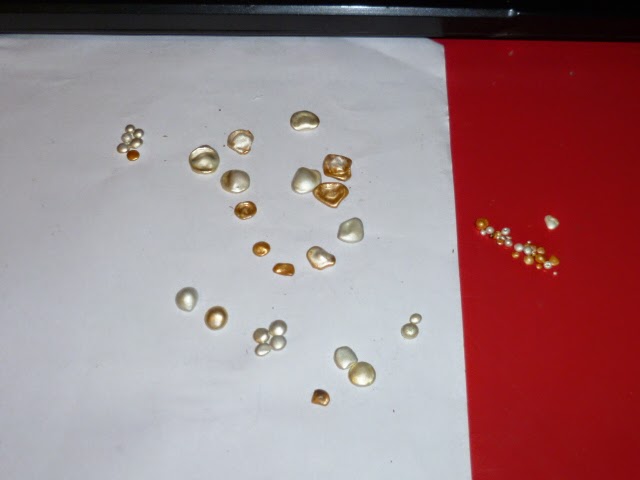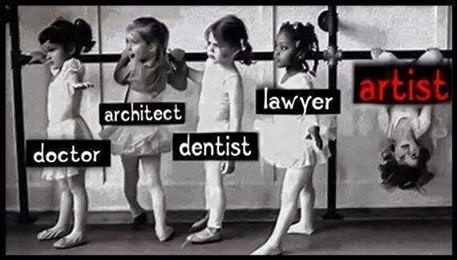I haven't posted any work in progress in a while, since I was too busy churning out new work for the exposition last weekend. It is hard to stop to take photos when I am switching from one project to the next non stop.
See what I mean? Yup, all those bits and pieces were projects underway.
Now that that is over (for now!), I decided to take up the textile techniques again. These pieces take a long time to finish and it just wasn't the best use of the limited time before the show.
First, some new information. Much to my dismay, I figured out I have been using the wrong terminology. My bracelets aren't woven, since there isn't a warp and a weft. They are braided: the strands alternate between acting as a warp and as weft. Sorry.
Now, to this week's project. My previous braided pieces were all balanced: one over, one under. I experimented with different braids (single, double, triple), with forming and with multiple metals but it was always balanced. My new experiment was to do a tweed style pattern, where one wire goes over two, under one, creating a diagonal pattern. In a tweed cloth, this direction is usually reversed at points, creating diamond patterns.
I wasn't sure it was going to work out well in a braid, though. But I decided to forge ahead. Keeping track of each wire was not easy and the edges were a real issue, since the wires kept coming from alternate directions (you can see how the edge isn't as neat in the photo). But, overall, it did work pretty well. The tweed pattern is clearly visible despite the edge issues. I didn't reverse direction this time, that is for the next project.
 |
| Front |
 |
| Back |
Curiously, I like the back as much as the front, since the pattern seems to be more delicate. It shows under two, over one. I may just form the bracelet back to front. Or maybe I should do it the traditional way, since it is the first tweed sample. What do you think?
Next steps: anneal, form the bracelet and fuse the edges. Hopefully, without melting or cracking the wires!









